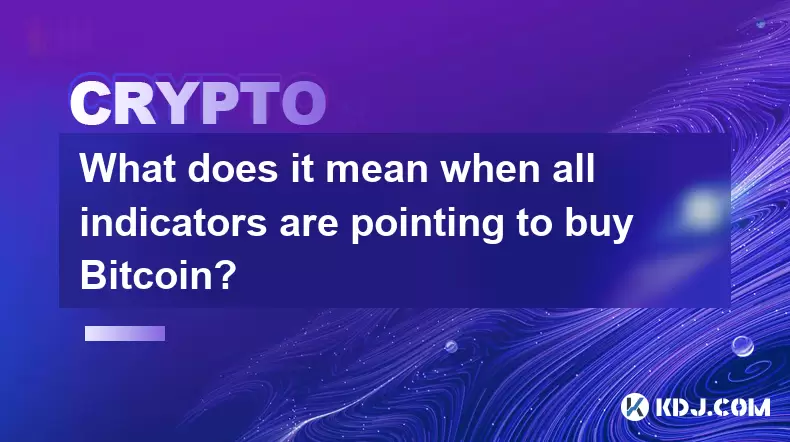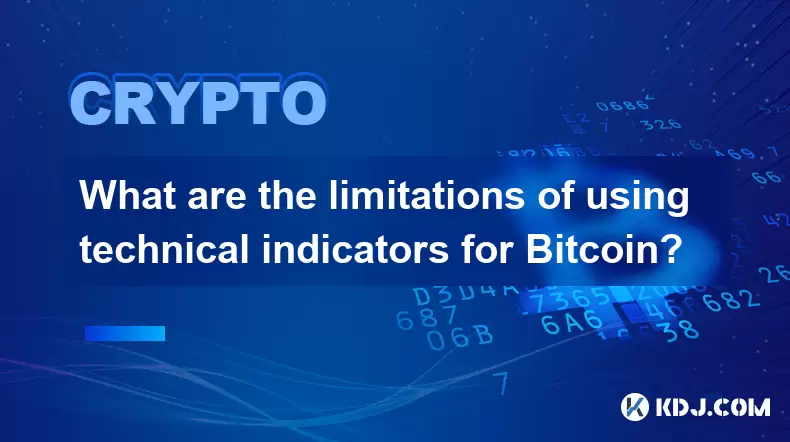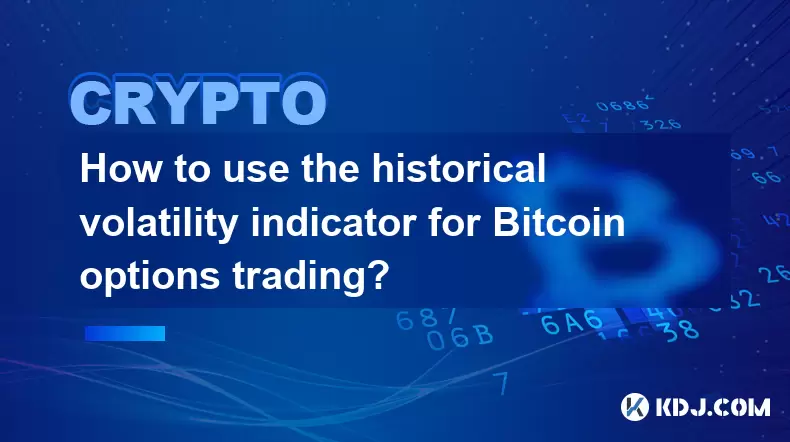-
 Bitcoin
Bitcoin $108,250.0992
0.11% -
 Ethereum
Ethereum $2,515.9404
0.03% -
 Tether USDt
Tether USDt $1.0003
0.00% -
 XRP
XRP $2.2166
-0.19% -
 BNB
BNB $656.5904
0.29% -
 Solana
Solana $147.4122
-0.58% -
 USDC
USDC $1.0000
-0.01% -
 TRON
TRON $0.2830
0.06% -
 Dogecoin
Dogecoin $0.1641
0.27% -
 Cardano
Cardano $0.5739
-0.19% -
 Hyperliquid
Hyperliquid $39.1463
-0.11% -
 Sui
Sui $2.8882
-0.02% -
 Bitcoin Cash
Bitcoin Cash $487.6428
0.31% -
 Chainlink
Chainlink $13.2097
0.07% -
 UNUS SED LEO
UNUS SED LEO $9.0308
0.10% -
 Avalanche
Avalanche $17.8608
0.13% -
 Stellar
Stellar $0.2379
-0.06% -
 Toncoin
Toncoin $2.7400
-0.39% -
 Shiba Inu
Shiba Inu $0.0...01144
-0.36% -
 Litecoin
Litecoin $87.5467
0.66% -
 Hedera
Hedera $0.1538
0.22% -
 Monero
Monero $315.5479
0.36% -
 Dai
Dai $1.0000
0.00% -
 Polkadot
Polkadot $3.3523
-0.71% -
 Ethena USDe
Ethena USDe $1.0003
0.01% -
 Bitget Token
Bitget Token $4.3960
-1.03% -
 Uniswap
Uniswap $7.2663
4.19% -
 Aave
Aave $272.8619
2.04% -
 Pepe
Pepe $0.0...09676
-0.18% -
 Pi
Pi $0.4586
-2.87%
What does it mean when all indicators are pointing to buy Bitcoin?
"All technical indicators, on-chain data, and market sentiment align to signal a strong buy for Bitcoin, suggesting potential upward momentum."
Jul 06, 2025 at 06:14 am

Understanding the Concept of "All Indicators Pointing to Buy Bitcoin"
When traders and analysts say "all indicators are pointing to buy Bitcoin," they typically mean that multiple technical analysis tools, market sentiment gauges, and possibly on-chain data collectively suggest a favorable environment for purchasing BTC. This phrase is often used in trading circles to describe a scenario where different metrics align to signal a potential upward movement in price.
Technical indicators such as Moving Averages (MA), Relative Strength Index (RSI), MACD (Moving Average Convergence Divergence), and Bollinger Bands may all reflect conditions that favor buying. For example, if the 50-day MA crosses above the 200-day MA, also known as the Golden Cross, it can be interpreted as a strong bullish signal.
How Do Technical Indicators Align to Suggest a Buy?
In practice, when multiple indicators align, traders interpret this as a stronger signal than any single indicator alone. Here's how some common indicators might line up:
- The RSI dips below 30, suggesting the asset is oversold.
- The MACD line crosses above the signal line, indicating momentum is shifting upwards.
- The price touches or slightly breaks below the lower Bollinger Band, showing extreme downside pressure is dissipating.
- The Ichimoku Cloud turns bullish, with the price rising above the cloud and the cloud thickening, signaling strengthening support.
Each of these elements contributes to the broader narrative that Bitcoin may be entering a phase of positive momentum. However, it's important to remember that no indicator is foolproof, and false signals can occur, especially during volatile market conditions.
What Role Does On-Chain Data Play in Confirming a Buy Signal?
Beyond traditional technical indicators, on-chain metrics can provide deeper insights into whether Bitcoin is truly in a buy zone. Metrics like network value to transactions ratio (NVT), exchange inflows/outflows, whale accumulation, and miner behavior can offer clues about institutional and retail sentiment.
For instance:
- A drop in exchange inflows could indicate that holders are taking their coins off exchanges, potentially signaling long-term confidence.
- An increase in large transaction volumes might point to whales accumulating Bitcoin.
- If miners' outflows decrease, it suggests they're not selling aggressively, which can reduce downward pressure on price.
These types of data points help confirm whether the technical buy signals are supported by real network activity and holder behavior.
How Can Market Sentiment Reinforce a Buy Signal?
Market sentiment plays a crucial role in cryptocurrency markets due to their speculative nature. When social media buzz, news cycles, and investor psychology lean heavily toward optimism, it can reinforce technical buy signals.
Tools like the Crypto Fear & Greed Index can show when the market is overly fearful, which might coincide with bottoms or strong entry points. Similarly, increased search interest on Google or spikes in Bitcoin futures open interest can indicate growing bullishness.
Additionally, institutional adoption trends, such as new ETF proposals, major companies adding Bitcoin to their balance sheets, or regulatory clarity, can shift sentiment from neutral or bearish to strongly bullish.
Practical Steps to Act on a Multi-Indicator Buy Signal
If you're evaluating whether to act on a multi-indicator buy signal, here’s a detailed step-by-step guide:
- Verify the indicators across multiple timeframes: Check daily, weekly, and even monthly charts to ensure alignment isn't just noise on a short timeframe.
- Cross-reference with on-chain analytics platforms: Use services like Glassnode or Santiment to assess whether large holders are accumulating or distributing.
- Assess your risk tolerance and position sizing: Even if indicators align, only allocate capital you're comfortable risking.
- Set stop-loss and take-profit levels: Define clear exit strategies based on key support/resistance levels derived from chart patterns.
- Use dollar-cost averaging (DCA): Instead of investing a lump sum immediately, consider spreading purchases over time to mitigate volatility risks.
By following these steps, you can make a more informed decision rather than acting purely on hype or fear of missing out.
Frequently Asked Questions
Q1: Can I rely solely on technical indicators to decide when to buy Bitcoin?
While technical indicators are valuable tools, relying solely on them can be risky. It's best to combine them with fundamental and on-chain analysis, along with an understanding of macroeconomic factors affecting crypto markets.
Q2: What should I do if conflicting indicators appear after I've made a purchase?
Markets are dynamic. If conflicting signals arise post-purchase, reassess your original thesis, review updated data, and adjust your strategy accordingly. Consider rebalancing or setting tighter stop-loss orders.
Q3: How often do all indicators align perfectly for Bitcoin?
Perfect alignment is rare. Markets tend to move based on probabilities rather than certainties. More commonly, several indicators will lean bullish while others remain neutral or mixed. The goal is to identify a strong enough consensus to justify action.
Q4: Are there specific tools or platforms recommended for tracking these indicators?
Yes, platforms like TradingView, CoinMarketCap, Glassnode, and CryptoQuant offer robust tools for tracking both technical and on-chain indicators. Many provide customizable dashboards to monitor key metrics in real-time.
Disclaimer:info@kdj.com
The information provided is not trading advice. kdj.com does not assume any responsibility for any investments made based on the information provided in this article. Cryptocurrencies are highly volatile and it is highly recommended that you invest with caution after thorough research!
If you believe that the content used on this website infringes your copyright, please contact us immediately (info@kdj.com) and we will delete it promptly.
- Litecoin Breakout Watch: What Traders Need to Know Now
- 2025-07-06 16:50:13
- Bitcoin, Solana, Ethereum: Decoding the Latest Buzz on the Blockchain
- 2025-07-06 16:50:13
- Widnes Resident's 50p Could Be Your Ticket to Easy Street: Rare Coin Mania!
- 2025-07-06 16:55:13
- Bitcoin, Solaris Presale, and Token Rewards: What's the Buzz?
- 2025-07-06 16:55:13
- Ethereum Under Pressure: Price Drop Amid Global Uncertainties
- 2025-07-06 17:00:13
- XRP, SEC Case, and Prosperity: A New Era for XRP Holders?
- 2025-07-06 17:10:13
Related knowledge

What is the Woodies CCI indicator and can it be used for Bitcoin?
Jul 04,2025 at 05:14pm
Understanding the Woodies CCI IndicatorThe Woodies CCI indicator is a variation of the traditional Commodity Channel Index (CCI), which was originally developed by Donald Lambert. The standard CCI measures the current price level relative to an average price over a given period, typically 14. However, the Woodies version modifies this calculation to mak...

How to use indicators to trade the opening range breakout for Bitcoin CME futures?
Jul 05,2025 at 07:35pm
What Is the Opening Range Breakout Strategy?The opening range breakout (ORB) strategy is a popular trading technique used in both traditional markets and cryptocurrency futures, particularly for Bitcoin on the CME. This method involves identifying a specific price range formed during the early phase of a trading session and then taking positions when th...

What does a bearish cross on the Stochastic RSI mean for Bitcoin?
Jul 05,2025 at 07:18pm
Understanding the Stochastic RSI IndicatorThe Stochastic RSI (Relative Strength Index) is a momentum oscillator used in technical analysis to identify overbought or oversold conditions in an asset's price. It combines two well-known indicators — the RSI and the Stochastic Oscillator — to provide more nuanced signals than either could alone. The Stochast...

What are the limitations of using technical indicators for Bitcoin?
Jul 06,2025 at 03:35am
Understanding the Role of Technical Indicators in Cryptocurrency TradingIn the realm of Bitcoin trading, technical indicators are tools used by traders to analyze historical price data and volume to predict future price movements. These indicators—such as Moving Averages, Relative Strength Index (RSI), and MACD—are widely adopted across traditional fina...

How to use the historical volatility indicator for Bitcoin options trading?
Jul 06,2025 at 04:14am
Understanding the Historical Volatility IndicatorThe historical volatility indicator (HV) is a statistical measure used to assess the price fluctuations of an asset over a specific time period. In the context of Bitcoin options trading, this metric helps traders evaluate past price movements to anticipate potential future swings. Unlike implied volatili...

Best indicator for confirming chart patterns like head and shoulders on Bitcoin
Jul 06,2025 at 01:07pm
Understanding Chart Patterns in Cryptocurrency TradingIn the volatile world of Bitcoin trading, chart patterns serve as critical tools for identifying potential price movements. Among these, the head and shoulders pattern is one of the most reliable reversal indicators. Recognizing this formation requires not only visual identification but also confirma...

What is the Woodies CCI indicator and can it be used for Bitcoin?
Jul 04,2025 at 05:14pm
Understanding the Woodies CCI IndicatorThe Woodies CCI indicator is a variation of the traditional Commodity Channel Index (CCI), which was originally developed by Donald Lambert. The standard CCI measures the current price level relative to an average price over a given period, typically 14. However, the Woodies version modifies this calculation to mak...

How to use indicators to trade the opening range breakout for Bitcoin CME futures?
Jul 05,2025 at 07:35pm
What Is the Opening Range Breakout Strategy?The opening range breakout (ORB) strategy is a popular trading technique used in both traditional markets and cryptocurrency futures, particularly for Bitcoin on the CME. This method involves identifying a specific price range formed during the early phase of a trading session and then taking positions when th...

What does a bearish cross on the Stochastic RSI mean for Bitcoin?
Jul 05,2025 at 07:18pm
Understanding the Stochastic RSI IndicatorThe Stochastic RSI (Relative Strength Index) is a momentum oscillator used in technical analysis to identify overbought or oversold conditions in an asset's price. It combines two well-known indicators — the RSI and the Stochastic Oscillator — to provide more nuanced signals than either could alone. The Stochast...

What are the limitations of using technical indicators for Bitcoin?
Jul 06,2025 at 03:35am
Understanding the Role of Technical Indicators in Cryptocurrency TradingIn the realm of Bitcoin trading, technical indicators are tools used by traders to analyze historical price data and volume to predict future price movements. These indicators—such as Moving Averages, Relative Strength Index (RSI), and MACD—are widely adopted across traditional fina...

How to use the historical volatility indicator for Bitcoin options trading?
Jul 06,2025 at 04:14am
Understanding the Historical Volatility IndicatorThe historical volatility indicator (HV) is a statistical measure used to assess the price fluctuations of an asset over a specific time period. In the context of Bitcoin options trading, this metric helps traders evaluate past price movements to anticipate potential future swings. Unlike implied volatili...

Best indicator for confirming chart patterns like head and shoulders on Bitcoin
Jul 06,2025 at 01:07pm
Understanding Chart Patterns in Cryptocurrency TradingIn the volatile world of Bitcoin trading, chart patterns serve as critical tools for identifying potential price movements. Among these, the head and shoulders pattern is one of the most reliable reversal indicators. Recognizing this formation requires not only visual identification but also confirma...
See all articles

























































































